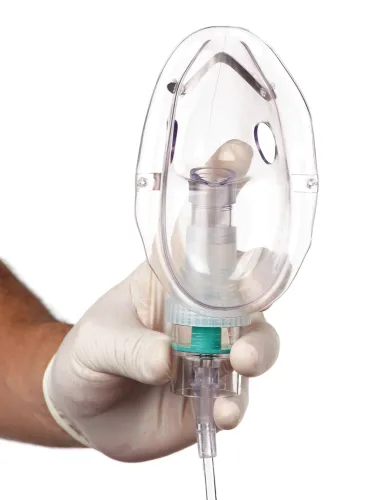Use These Questions To Get Hip With HPI

Here’s the fast, easy way to get beyond CC. During the history of present illness (HPI) portion of an E/M service, the first order of business is getting the patient to establish a chief complaint (CC). From there, you ask about each of the HPI components individually to get a fuller picture of the patient’s condition. Problem: It might be pretty easy to get a CC out of a patient, but how do you continue with the HPI questions after you establish the CC? Solution: For answers, we turned to Cynthia A. Swanson, RN, CPC, CEMC, CHC, CPMA, senior manager of healthcare consulting for Seim Johnson in Omaha, Neb. It’s all in the details … After you establish the CC, Swanson recommends continuing the E/M evaluation with these follow-up questions that address each of the HPI components: 1. Location: “Is the symptom located in a specific place? Has this changed over time? If the symptom is not focal, does it radiate to a specific area of the body?” says Swanson. Go above and beyond In addition to the above queries, Swanson recommends that you ask the patient what he thinks the problem is and what he is concerned about. “This may be particularly relevant when a patient chooses to make mention of symptoms or complaints that appear to be longstanding,” Swanson says. In these instances, it could be beneficial to ask additional HPI questions such as:
2. Quality: “When describing pain, ask the patient to further describe the pain, if it’s like anything else that they’ve felt in the past. Knife-like? A sensation of pressure? Aching pain?” Swanson explains. “If it affects their activity level, determine to what degree this occurs. For example, if they complain of shortness of breath [SOB] with walking, how many blocks can they walk? How does this compare with six months ago?”
3. Severity: “How bothersome is this problem? Does it interfere with your daily activities? Does it keep you up at night?” Swanson offers. “If the patient is describing pain, ask them to rate it from 1 to 10 with 10 being the worst pain.”
4. Duration: “How long has this condition lasted? Is it similar to a past problem? If so, what was done at that time?” says Swanson. (Note: Some third-party payers might not consider duration an HPI component.)
5. Timing: How often does the problem occur? Daily, weekly, monthly, etc.
6. Modifying factors: What has made the CC better (or worse)? Rest, eating, etc.? What have the patient and the physician done so far that has made the problem better or worse?
7. Context: Does this problem occur at a certain time, or in certain situations? Is it better or worse when you do certain things, such as after eating, before bed, etc.? Where was the patient/what was the patient doing when the symptoms began?
8. Associated signs and symptoms: Have you experienced any other problems at the same time as the CC? (Nausea/vomiting, pain, headache, etc.) “The patient may notice other things that have come up around the same time as the dominant problem,” explains Swanson. Ask the patient to explain any associated symptoms further, as the issues may be related.




